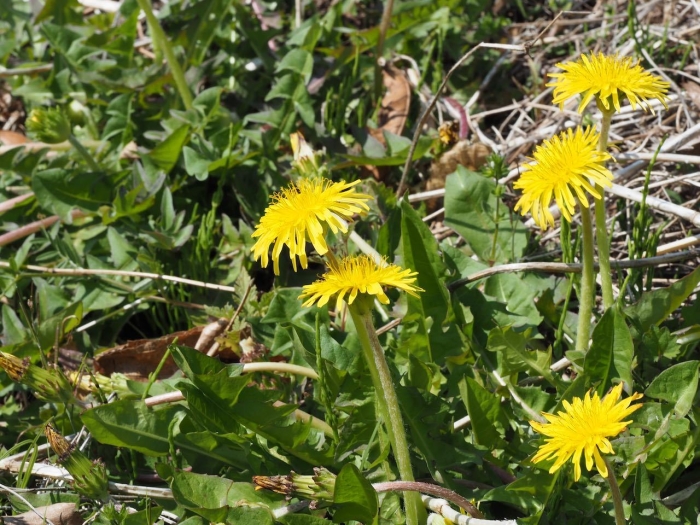Korean Dandelion
(Taraxacum platycarpum)
Korean Dandelion (Taraxacum platycarpum)
/
/

Yoshimasa Uchiyama
CC BY 4.0
Image By:
Yoshimasa Uchiyama
Recorded By:
Copyright:
CC BY 4.0
Copyright Notice:
Photo by: Yoshimasa Uchiyama | License Type: CC BY 4.0 | License URL: http://creativecommons.org/licenses/by/4.0/ | Rights Holder: Yoshimasa Uchiyama | Publisher: iNaturalist | Date Created: 2020-04-11T09:14:44-07:00 |

























Estimated Native Range
Summary
Taraxacum platycarpum, commonly known as Korean dandelion, is a perennial herb native to temperate regions of East Asia, including Korea, China, and Japan. It thrives in a variety of habitats such as grasslands, open areas, and along roadsides. This species is part of the Asteraceae family and is characterized by its rosette of oblong-lanceolate leaves and bright yellow composite flowers that bloom from early spring to late summer. The flowers are highly attractive to pollinators and close at night or during cloudy weather. Korean dandelion typically reaches a height of 10-30 cm and is known for its deep taproot and its ability to spread rapidly, which can make it potentially invasive outside its native range.
Korean dandelion is valued for its medicinal properties and is used in traditional medicine. It is also edible, with leaves that can be used in salads or cooked as greens. In cultivation, it prefers full sun to partial shade and can tolerate a range of soil types, provided they are well-drained. It requires minimal maintenance and is drought-tolerant once established. However, gardeners should be cautious about its potential to spread and consider containment strategies if necessary.CC BY-SA 4.0
Korean dandelion is valued for its medicinal properties and is used in traditional medicine. It is also edible, with leaves that can be used in salads or cooked as greens. In cultivation, it prefers full sun to partial shade and can tolerate a range of soil types, provided they are well-drained. It requires minimal maintenance and is drought-tolerant once established. However, gardeners should be cautious about its potential to spread and consider containment strategies if necessary.CC BY-SA 4.0
Plant Description
- Plant Type: Herb
- Height: 0.5-1.5 feet
- Width: 0.5-1 feet
- Growth Rate: Moderate
- Flower Color: Yellow
- Flowering Season: Spring, Summer
- Leaf Retention: Deciduous
Growth Requirements
- Sun: Full Sun, Part Shade
- Water: Medium
- Drainage: Medium, Fast
Common Uses
Bee Garden, Edible*Disclaimer: Easyscape's listed plant edibility is for informational use. Always verify the safety and proper identification of any plant before consumption., Low Maintenance, Street Planting
Natural Habitat
Native to temperate regions of East Asia, including grasslands, open areas, and roadsides
Other Names
Common Names:
Scientific Names: , Taraxacum platycarpum, Taraxacum longeappendiculatum var. macrolepis, Taraxacum longeappendiculatum var. nakaii, Taraxacum luteopapposum subsp. luteopapposum, Taraxacum luteopapposum subsp. platycarpum,
GBIF Accepted Name: